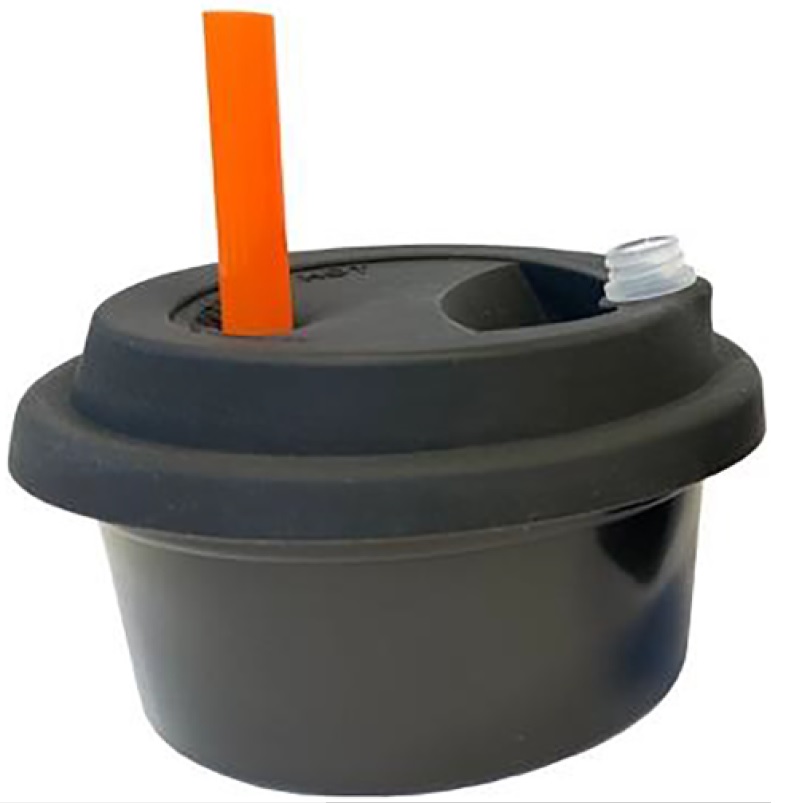You taste with your nose, some say. This is because chewing food releases aromas that enter the nasal cavity through the mouth. This is called retronasal scent.
Scientists of the Human Nutrition and Health group discovered that this is how people distinguish between full-cream milk and the fat-free variety. They published their findings in the scientific journal Food Quality and Preference.
The researchers hope this insight will help fight overweight in the future. ‘Once we understand what substances in fat smell tempting, the food industry could add these to the fat-free alternatives’, Matjaz Pirc, lead author of the publication. This would make fat-free products as satisfying as the calorie-rich variety.
Evolutionary advantage
Studies show that test subjects not only smell the difference between full-cream milk and fat-free milk but are also able to discern between different fat percentages. This, however, is a more challenging job that not all test subjects are able to do. ‘From an evolutionary and biological perspective, this is logical’, Pirc says. ‘Fatty, calorie-rich products are needed for survival, and the retronasal scent makes these products tastier, ensuring we continue to seek these products. It is probably more useful to smell the difference between foods that contain fat and those that are fat-free than between products containing seven or ten per cent fat.’
It is probably more useful to smell the difference between foods that contain fat and those that are fat-free than between products containing seven or ten per cent fat
Matjaz Pirc, a researcher at Human Nutrition and Health
The test subjects were not well able to describe how they knew which milk contained fat and which did not. Some reported the full-cream milk smelled creamier, and others described it as being ‘thicker’, while that is more of a texture than a scent. ‘Apparently, people have trouble putting a scent into words’, Pirc states. In a follow-up study, nutrition scientists study how the brain responds to the scent of fat. ‘Hopefully, this will show us a difference in the brain activity of those able to discern between different fat contents and those who have trouble doing so’, says Pirc.
Training

Normally, scientists use a tube that is inserted into the nasal cavity to study retronasal smell. Much like a covid test-swab. Because this is fairly uncomfortable, we use a different system’, Pirc explains. This method consists of a small container of milk with a straw. The test subjects inhale through their mouth, with their nose blocked. They exhale through their nose. This turned out to be rather challenging. ‘We had to give the subjects a brief training before we could perform the test’, Pirc explains, laughing.

 Photo Shutterstock
Photo Shutterstock 

